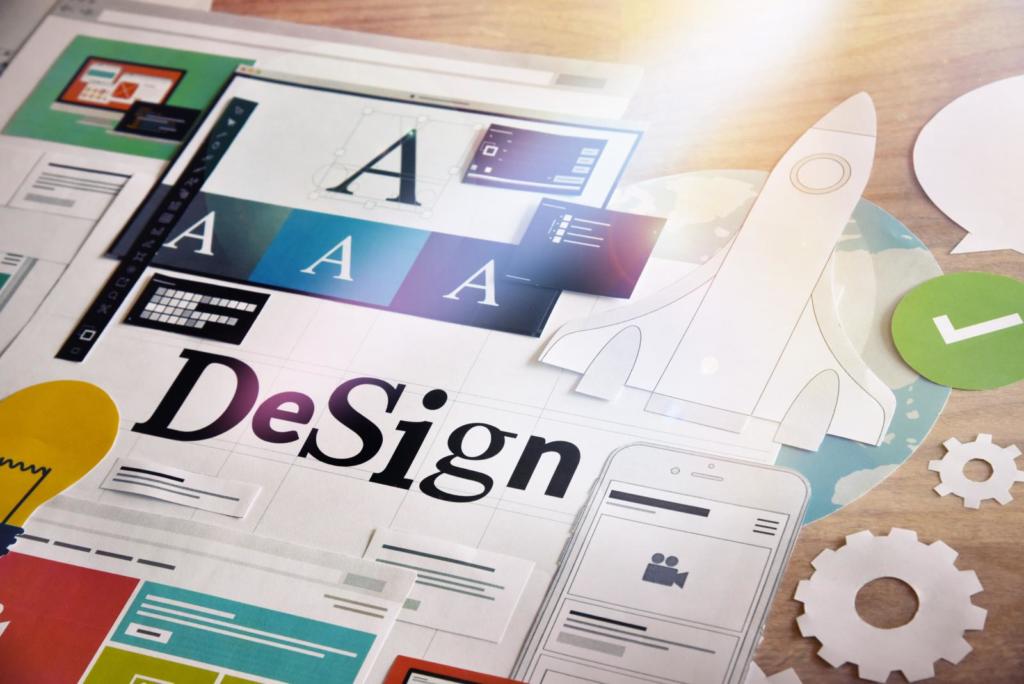Creating an effective design process is one of the key elements for success in the print and web industry. Without having a process that works for both the designer and the client, you may find yourself in some murky waters when it comes to presenting a clear vision of the client’s need. A solid design process allows for verbal and visual expression of ideas and concepts that are key to a designer’s understanding of a brand’s voice and purpose. While there are varied aspects to each individual designer’s arsenal, the following is a simple, yet effective, process that will make sure you and your client are on the same page! Here are 4 steps to an effective design process:
Step 1: Discover
In nearly every situation, whether it’s web design or print design, you will need to understand more about the potential project than the client may be able to offer. Implementing a “Discovery” process lets you dig deeper into the granular details that could make a major difference in the outcome of the job.
Further research into company history, pertinent details about the target market, and even the structure and environment of their website should be explored and understood in preparation for next steps. The more informed you are the better off you will be!
Step 2: Discuss
Once you’ve done the research and you are satisfied with your findings, it’s time to discuss them with the client. Typically, any problems that may arise during discovery are minor and easy to overcome, but sometimes you’ll need to address potentially critical issues with the client that could lead to technical or financial hurdles.
In the case of the latter, the discovery process likely saved you and the client a lot of time and heartache. It’s always better to find potential roadblocks early than to get stuck behind them further into the design process.
Step 3: Design
Here is where the work from your first two steps comes together and gets put into action! With your research done and pitfalls avoided, it’s now up to you to produce a well-designed product that fits the client’s needs and expectations. Onward!
Step 4: Refine
Let’s be honest, you’ll rarely get it right the first time when it comes to the aesthetics of the design. It’s also not unusual for other things to change during the process. Hopefully, you’ve avoided most of the snags. The refinement step of the process is meant to tie up any remaining loose ends prior to your project’s delivery date.
Any edits or additions to the layout should be thoroughly reviewed with the client and then submitted for final approval once completed. Be sure to include caps for repetitive items such as mock-ups, layout revisions, and content editing as they are necessary to maintain the structure of your process and your sanity!
In addition to the steps above, it’s imperative that you follow and maintain best practices when it comes to your process. The above steps and concepts are pointless and contrary to an effective design process if you’re not doing them with the client’s best interests in mind. For help with your next design project, contact us for a meeting of the MINDs!

